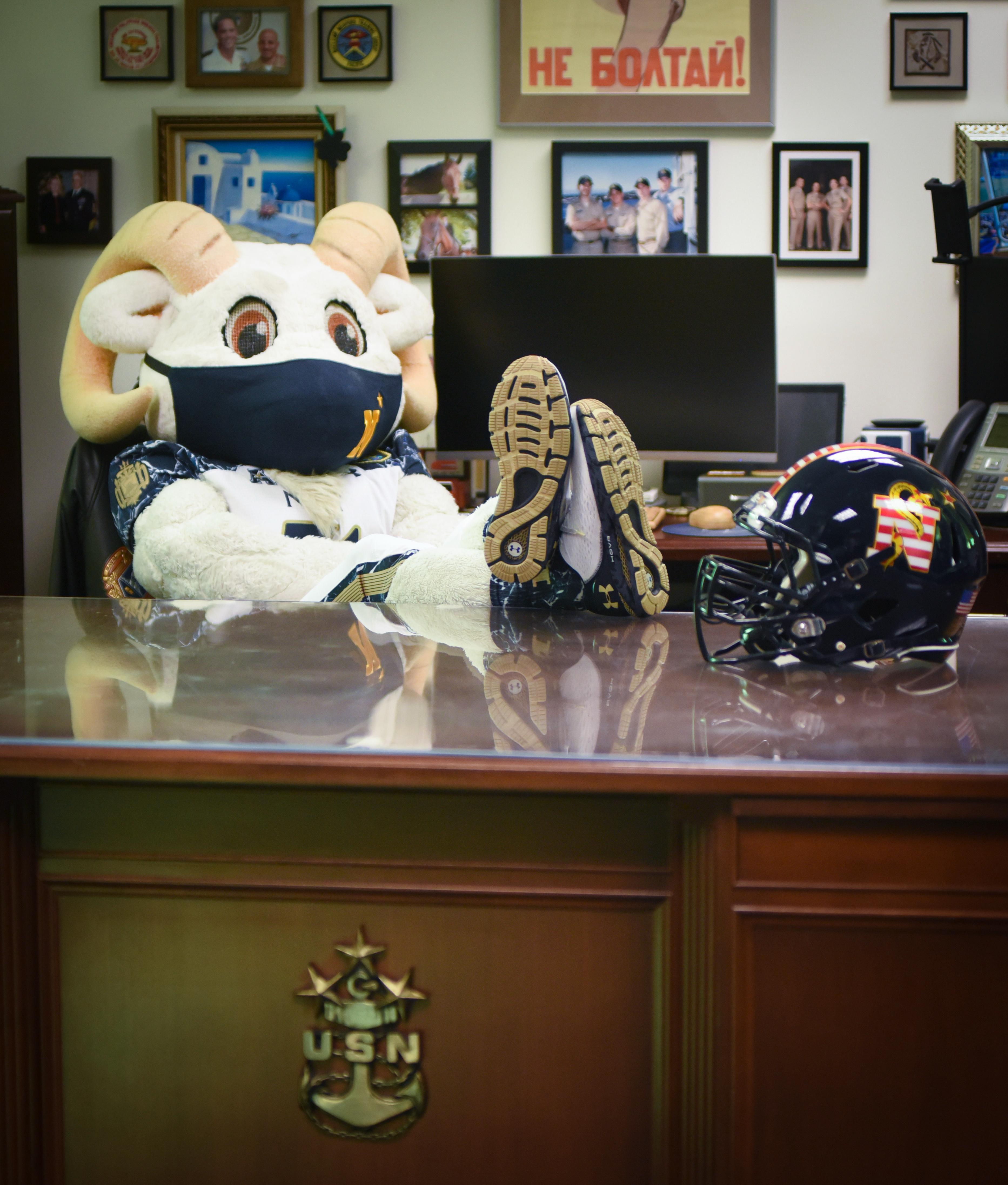The U.S. Naval Academy adopted a goat, named “Bill the Goat,” as its mascot due to a series of historical events and naval traditions. The first known appearance of a goat as a mascot was in 1890, when midshipmen brought one to an Army-Navy football game. Various origin stories include the use of a goatskin to rally the Navy team and the fondness of a commandant for goats. Goats were practical animals on ships, providing fresh milk and meat, and later became ship mascots, establishing their connection to naval culture.
Key Points
- First Appearance of the Goat Mascot: In 1890, midshipmen brought a goat to the Army-Navy football game, and its presence coincided with a Navy victory, leading to its adoption as a mascot.
- Multiple Origin Stories: The adoption of the goat as a mascot is attributed to several instances, including midshipmen using a goatskin to rally the team and a commandant’s personal preference for goats.
- Historical Succession of Goats: Since its adoption, the Naval Academy has had a series of goats as mascots, mostly named “Bill,” with a few exceptions like “Three-to-Nothing Jack Dalton” and “Satan.”
- Practicality of Goats on Ships: Historically, sailors brought goats on ships for their milk and meat, and their ability to adapt to sea conditions made them ideal for maritime life.
- Legacy and Tradition at the Naval Academy: “Bill the Goat” has become an integral part of the Naval Academy’s tradition, with the current mascot being “Bill XXXVII,” continuing a legacy that blends naval history with football rivalry.






